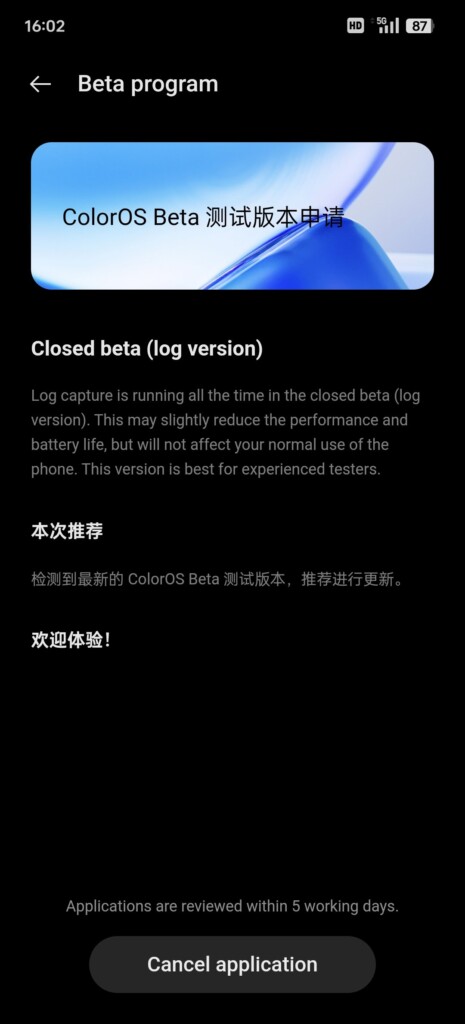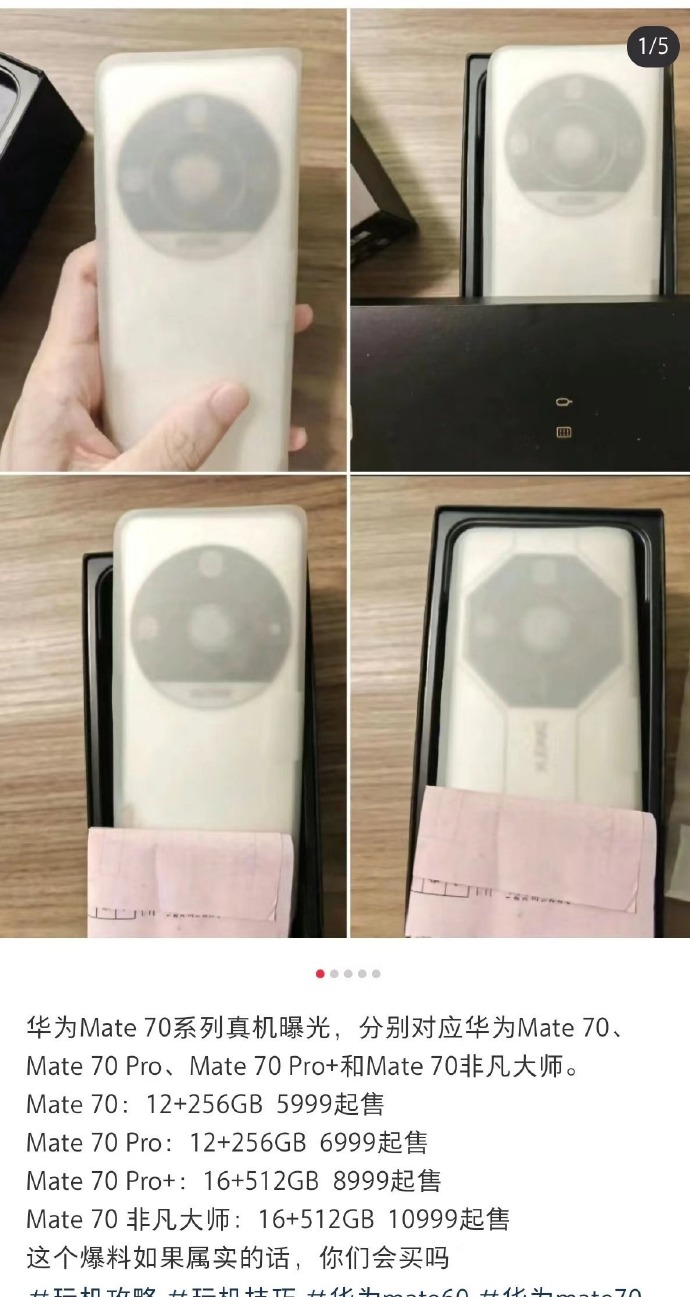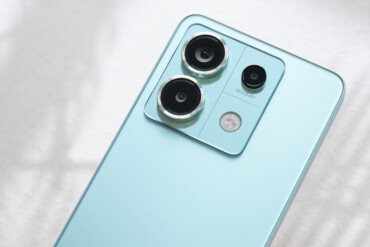Previously, we wrote about the design and pricing leak of the Huawei Mate 70 series. However, today we have the latest leak demonstrating the difference between the Mate 70 Pro and Mate 60 Pro.
Design Differences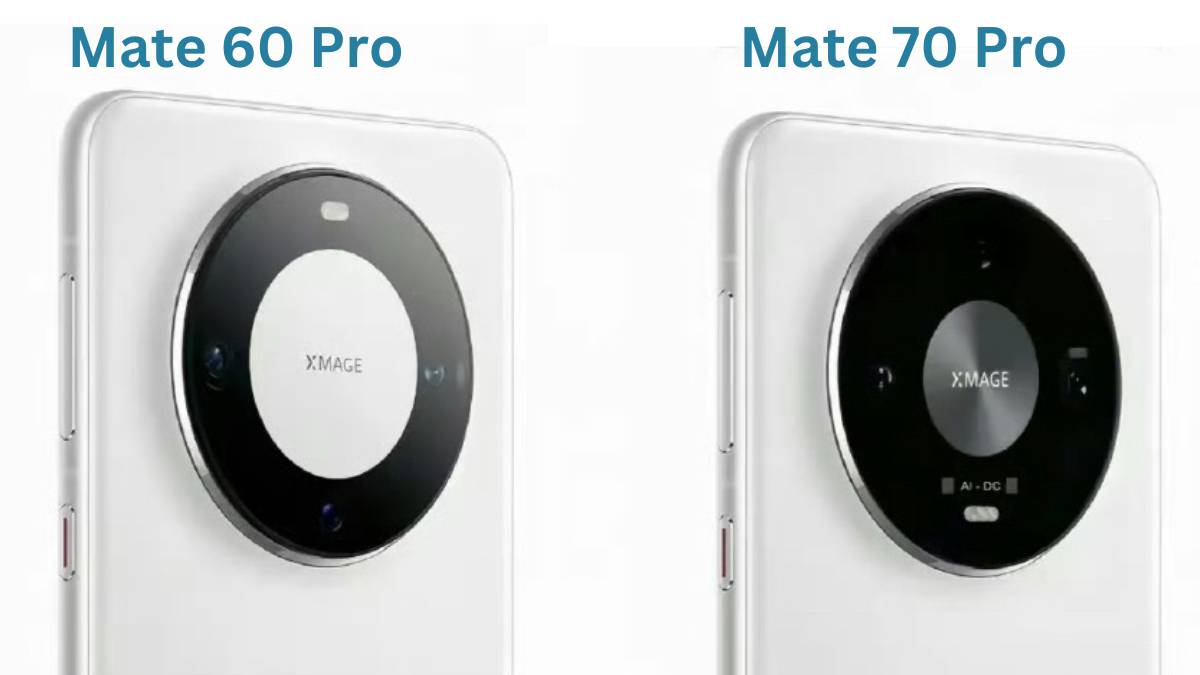
At first glance, both the Mate 60 Pro and the Mate 70 Pro maintain the sleek, minimalist design that Huawei is known for. However, subtle changes in the design language reflect Huawei’s continuous evolution in its flagship series.
- Camera Module: Both models feature the distinctive circular camera module, but the Mate 70 Pro’s module has been slightly refined. The Mate 60 Pro’s camera module is more straightforward, while the Mate 70 Pro introduces additional design elements, such as a prominent “AI-DC” marking, suggesting an upgrade in AI capabilities and digital processing.
Specifications: A Leap in Performance
The leaked images provide crucial details about the differences in the internals between the two models:
- Processor: The Mate 70 Pro is equipped with the newer Kirin 9100 chipset, a step up from the Kirin 9000S found in the Mate 60 Pro. This upgrade likely offers better performance, enhanced efficiency, and improved AI processing capabilities, making the Mate 70 Pro a more powerful device.
- Display: Both phones sport a 6.82-inch curved display, but the Mate 70 Pro might benefit from a display technology, given the trend in flagship devices.
- Camera Upgrades: The Mate 70 Pro boasts a more advanced camera setup:
- Front Camera: The Mate 70 Pro upgrades to a 48MP front camera from the 32MP in the Mate 60 Pro. Both models also include 3D face recognition sensors, but the bump in megapixels promises sharper selfies and better low-light performance.
- Rear Cameras: The Mate 60 Pro features a 50MP main sensor, a 12MP ultra-wide lens, and a 48MP periscope telephoto lens. The Mate 70 Pro, on the other hand, upgrades to a 60MP main sensor, and retains the 48MP ultra-wide and 48MP elephoto lenses, but with added AI and digital capabilities as indicated by the “AI-DC” branding.
- Zoom Capabilities: Both models offer impressive zoom functionality with 5x optical zoom and up to 100x digital zoom. However, the improved AI and image processing in the Mate 70 Pro are likely to deliver clearer and more detailed zoom shots.
Mate 70 Pro Is Just Around The Corner
The Huawei Mate 70 Pro will bring various upgrades over Mate 60 Pro, especially in terms of processing power and camera capabilities. While the design changes are more subtle, they reflect Huawei’s dedication to refining the user experience with each iteration.
For those who prioritize cutting-edge technology and superior camera performance, the Mate 70 Pro is shaping up to be a compelling choice. However, the Mate 60 Pro still holds its ground as a solid device with high-end features. As always, the final decision will depend on whether the latest enhancements meet your specific needs.
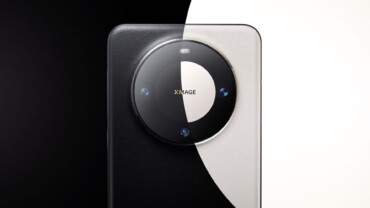
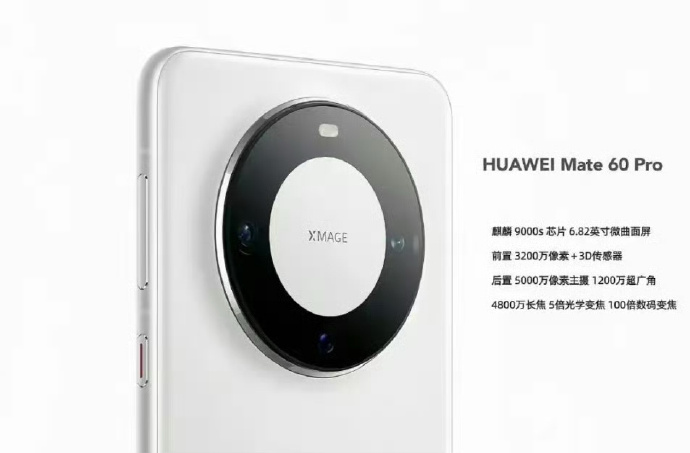
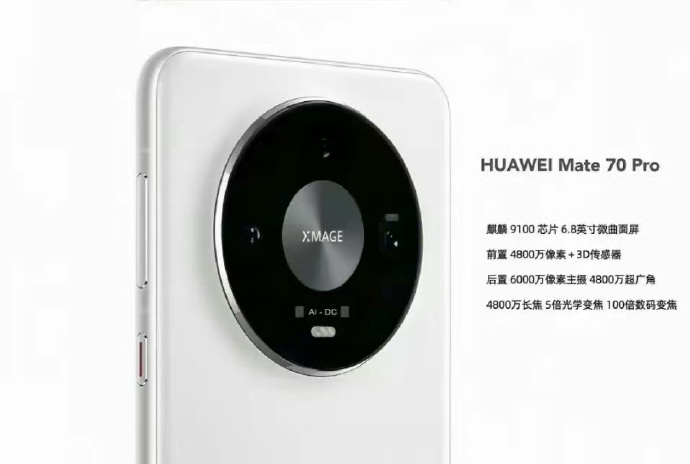




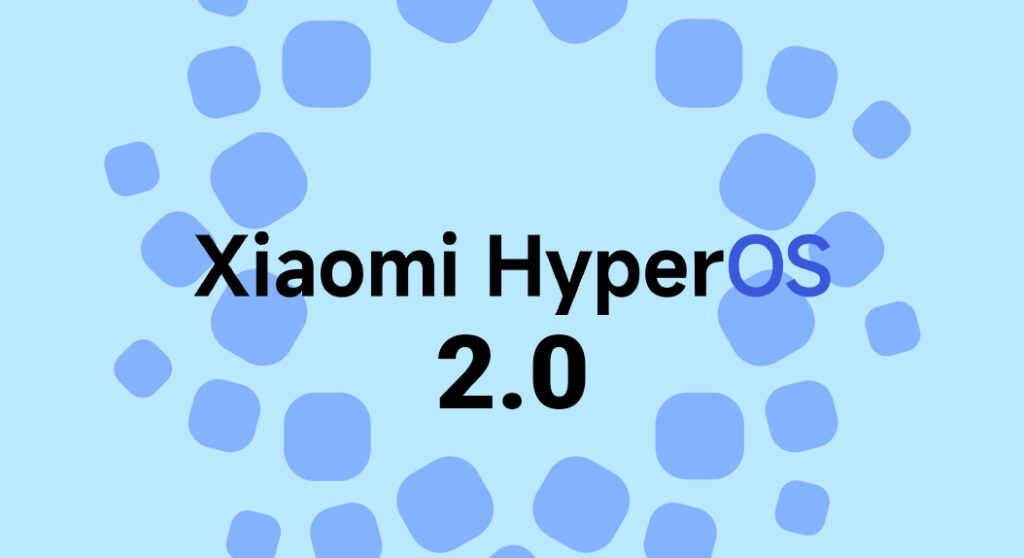

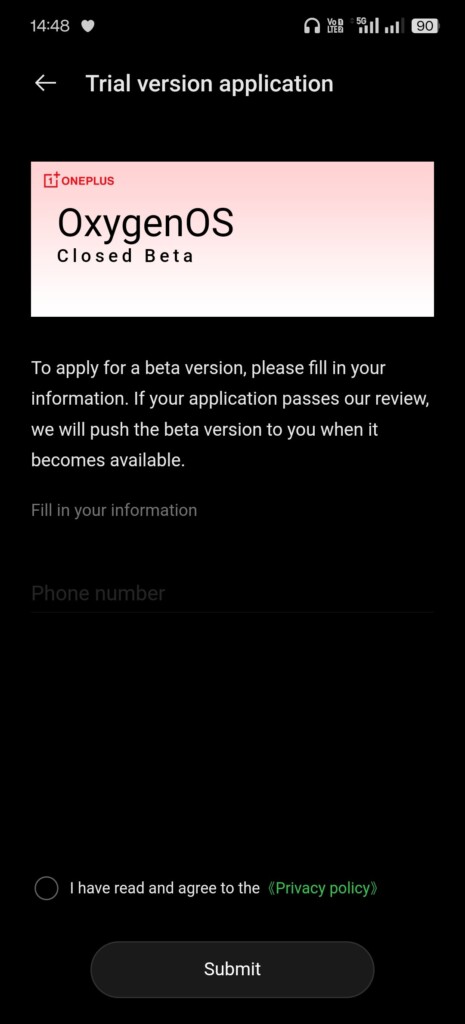 OnePlus has kickstarted the Closed Beta registration for its upcoming OxygenOS 15, which is tailored for the OnePlus 12. This version is expected to bring a host of new features and optimizations, making it an exciting update for OnePlus users. If you own a OnePlus 12, this is your chance to experience the future of OxygenOS before anyone else.
OnePlus has kickstarted the Closed Beta registration for its upcoming OxygenOS 15, which is tailored for the OnePlus 12. This version is expected to bring a host of new features and optimizations, making it an exciting update for OnePlus users. If you own a OnePlus 12, this is your chance to experience the future of OxygenOS before anyone else.